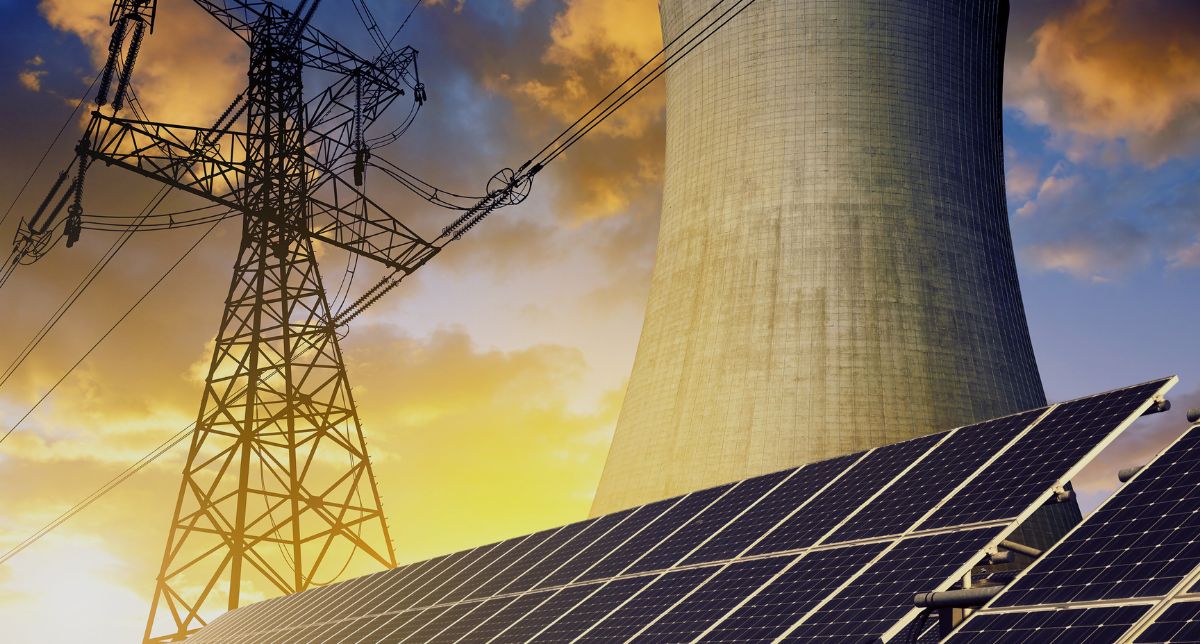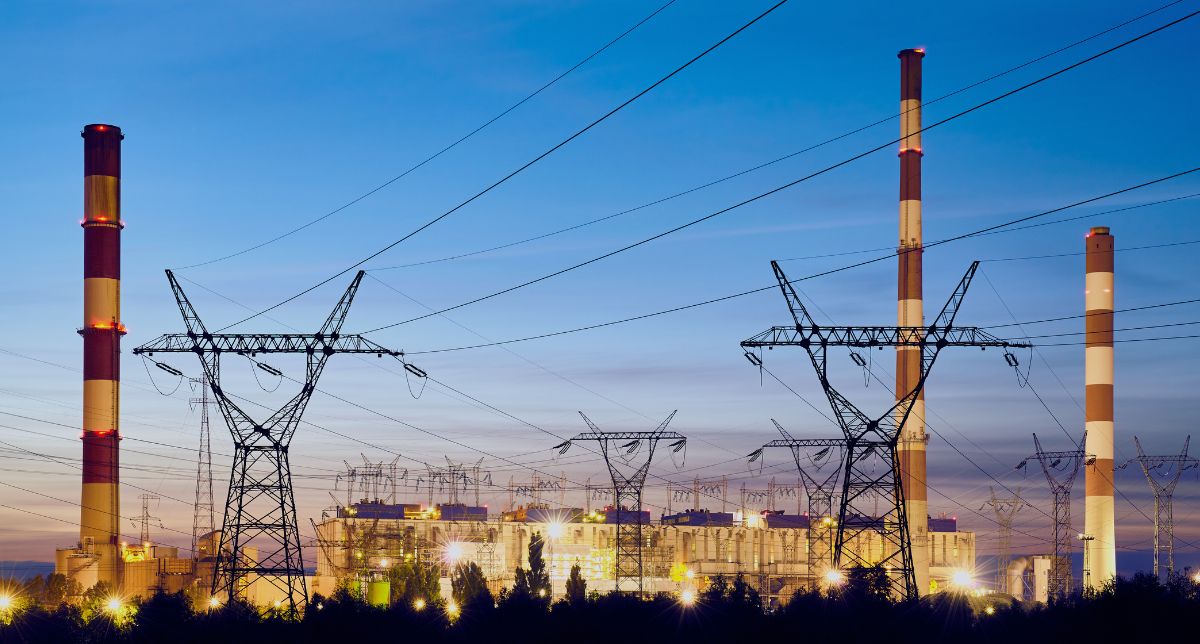The energy transition — the migration from a system mostly based on conventional sources to a model with increasing participation of clean, distributed, and intermittent energy — requires much more than adding new solar plants or wind farms. At the heart of this process lies the electrical infrastructure: transmission lines, substations, distribution, automation, monitoring, and digitalization. Without its modernization, the risks include instability, high losses, network bottlenecks, supply failures, and low operational efficiency.
In recent months, entities such as ANEEL (National Electric Energy Agency), EPE (Energy Research Office), and the Ministry of Mines and Energy (MME) have intensified public debates on the urgency of investments in this sector. Let’s analyze the main challenges, the regulatory paths already outlined, and what companies, regulators, and society must do to make this modernization real — with safety, efficiency, innovation, and ESG commitment.
1. Overview and motivation: why modernize the power grid?
Some recent data reinforce the urgency:
- The Smart Grid Forum 2025 showed that intermittent renewable sources — solar, wind, and distributed microgeneration — should represent about 42% of Brazil’s installed electric generation capacity by 2034.
- However, a significant portion of this renewable electricity will be outside the direct control of the system operator (ONS), which creates pressure for solutions that ensure stability, flexibility, and redundancy.
- The growing demand for data centers adds variability and load peaks that must be accommodated by the grid. EPE is monitoring a series of projects under review, many of which depend on stable connectivity, cooling, transmission infrastructure, and regulatory security.
These pressures show that it is not enough to generate more clean energy: it is essential to adapt the grid to integrate it, operate it intelligently, anticipate failures, and avoid inefficiencies.
2. Regulatory frameworks & strategic programs
Several initiatives have been proposed or implemented to address these challenges:
- MME Ordinance No. 111/25, issued in June 2025, establishes 13 guidelines to stimulate the digitalization of distribution networks. Highlights include: innovation in services, transparency in consumption and operation data, resilience to extreme weather events, tariff affordability, and mechanisms to assess distributor performance.
- The 17th Latin American Smart Grid Forum has been the stage for debates organized by EPE, ANEEL, ONS, Anatel, and other stakeholders (utilities, concessionaires, technology providers) on smart grids, automation, distributed generation integration, smart meters, cybersecurity, and governance of operational data.
- The Smart Grid Forum report highlights that new regulatory models may include the figure of the DSO (Distribution System Operator), aggregators, peak control, and flexibility mechanisms as an integral part of the distribution network.

3. Key technical, operational, and regulatory challenges
Although the discourse and guidelines are clearer, the obstacles are many. Some of the main ones are:
| Challenge | Impact / risk |
|---|---|
| Renewable intermittency | Overload during peak moments or generation mismatch, requiring reserves and complementary generation or storage sources. |
| Distributed Generation (DG) capillarity | DG requires medium- and low-voltage networks to be capable of accepting variable energy injections, including bidirectional flows, which demands design, regulation, smart metering, and coordination among different agents. |
| Emerging technologies | Digital substations, real-time communications, sensors, automation, IEDs, Process Bus, TSN, digital twins, cybersecurity. |
| Regulation and incentives | Tariffs that reflect operation and network costs, mechanisms to remunerate flexibility, clear regulation for metering and grid connection, concession contracts that allow innovation, guaranteed returns for modernization investors. |
| Resilience and climate adaptation | The increase in extreme weather events requires more robust networks, continuous monitoring, and failure prevention during stress periods. |
4. What needs to be done to move forward — strategic recommendations
To overcome barriers and accelerate modernization, I suggest the following strategic paths:
- Integrated planning and public‐private participation
Energy planning (such as the Decennial Plan, PDE) must explicitly incorporate emerging demands (such as data centers, distributed generation, electric vehicles) and the network requirements to serve them. Partnerships between utilities, government, technology companies, and regulators are essential to share risks and costs. - Regulation that favors flexibility, decentralization, and innovation
Enable business models that remunerate flexibility, encourage grid operators to adopt standards compatible with smart grids, and regulate so that technological innovations are economically viable (e.g., tariff models, subsidies, flexible concession contracts). - Investment in digitalization and automation
Implement smart meters, bidirectional communication, real-time monitoring, distribution automation (self-healing networks), technologies such as Process Bus, TSN, digital twins, IoT, and cybersecurity. - Storage, auxiliary sources, and demand response
To mitigate intermittency, storage (batteries, reversible hydropower), firm or backup generation, demand response mechanisms, and aggregators capable of adjusting load will be essential. - Technical training and adoption of standards
Harmonization of protocols among different distributors and agents; training of specialized workforce; certifications, technical compliance, technical standards, and interoperability. - Investment evaluation and long-term return
Modernization may require high initial investments, but the benefits — in loss reduction, improved reliability, lower interruption costs, lower operating costs — tend to compensate. Financial-regulatory models must include an adequate return horizon.
5. Implications for companies, operators, and consumers
- For companies in the electricity sector (distributors, generators, technology providers), those who anticipate this transition and offer solutions compatible with digital and smart grids will gain a competitive advantage and capture market share ahead.
- For regulators and government, there is urgency in consolidating regulations, defining responsibilities, ensuring transparency, and providing legal certainty, so that private investments can be mobilized with confidence.
- For consumers: more modern networks promise fewer interruptions, better energy quality, greater control over consumption, fairer tariffs (potentially), and new services (e.g., monitoring, microgeneration, surplus sales, etc.).
The modernization of the power grid is not just a technical component of Brazil’s energy transition: it is an indispensable requirement. Without robust, digital, resilient grids, properly regulated and capable of integrating distributed generation and intermittent renewables, supply security, cost efficiency, and the sector’s innovation potential are compromised.
To achieve this change successfully, it is essential that all stakeholders — government, regulators, companies, academia — act in a coordinated, strategic manner with a long-term vision.

Comment